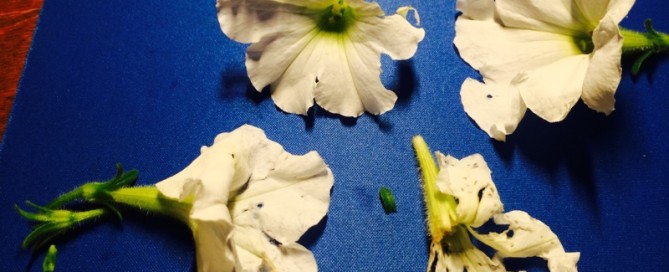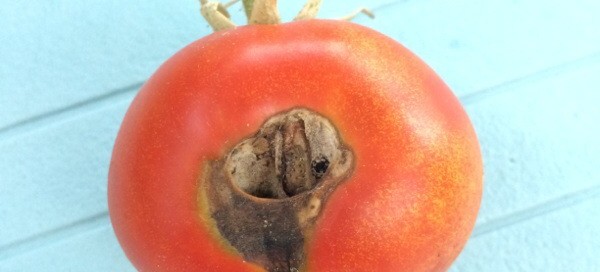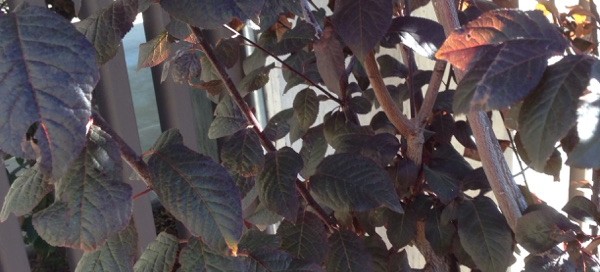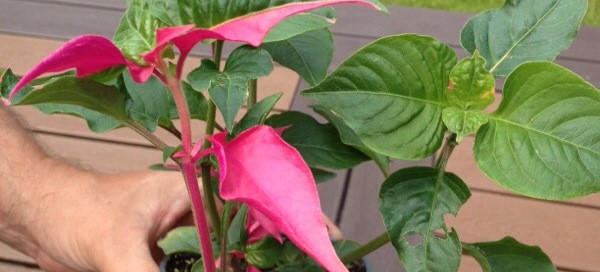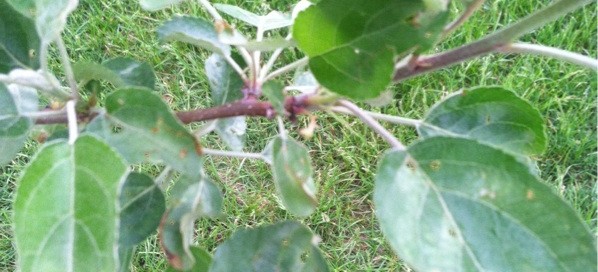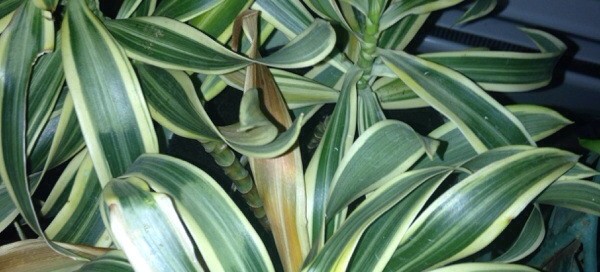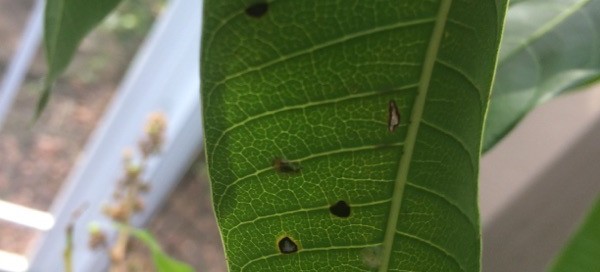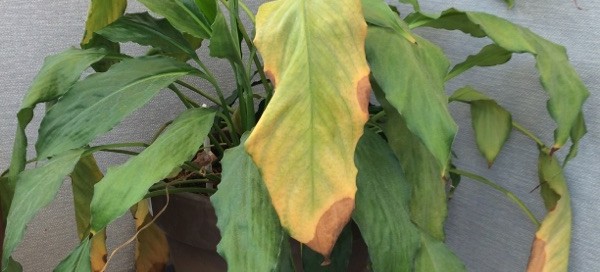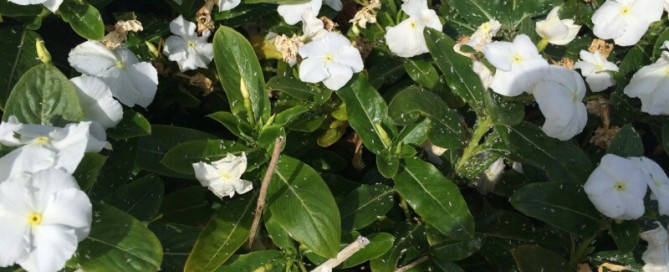Petunia Flowers Eaten
We have several thoughts to share with you about this flower petal damage. First, how many flowers are getting eaten and how badly? If it is only a few flowers that are being bothered, you may wish to pick them off and do nothing more. Two, since you've mentioned using a spray, how do you know you used the right one? If you spray before you know what is causing the damage, you may be spraying something that doesn't work on the pest that is causing the problem. Three, now that the lecture is over, here as some ideas for what to look for. Slugs: look for evidence of slime trails to confirm. Visit the plant at night with a flashlight, and if you see them, pick them off (wear gloves if it grosses you out) and dispose of them. Earwigs may be the culprit and they can also be seen feeding at night. Pick them off as well. In addition, try dusting with diatomaceous earth. If you don't see slugs or earwigs, look for something that looks like black pepper, which would be the frass (poop) of some sort of catepillar or worm. In that case, apply Bt according to package directions.
